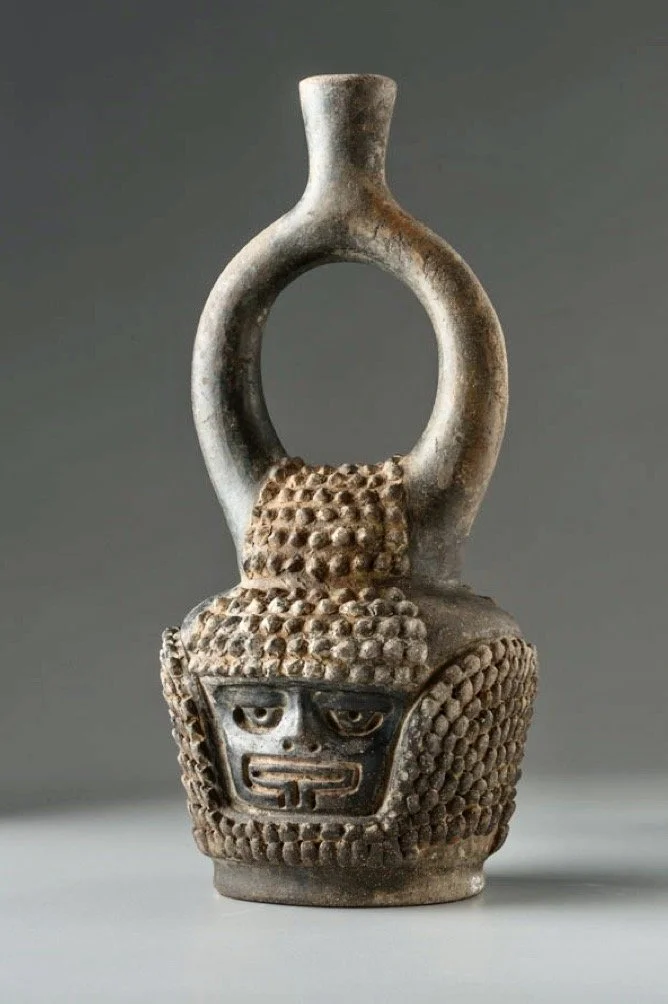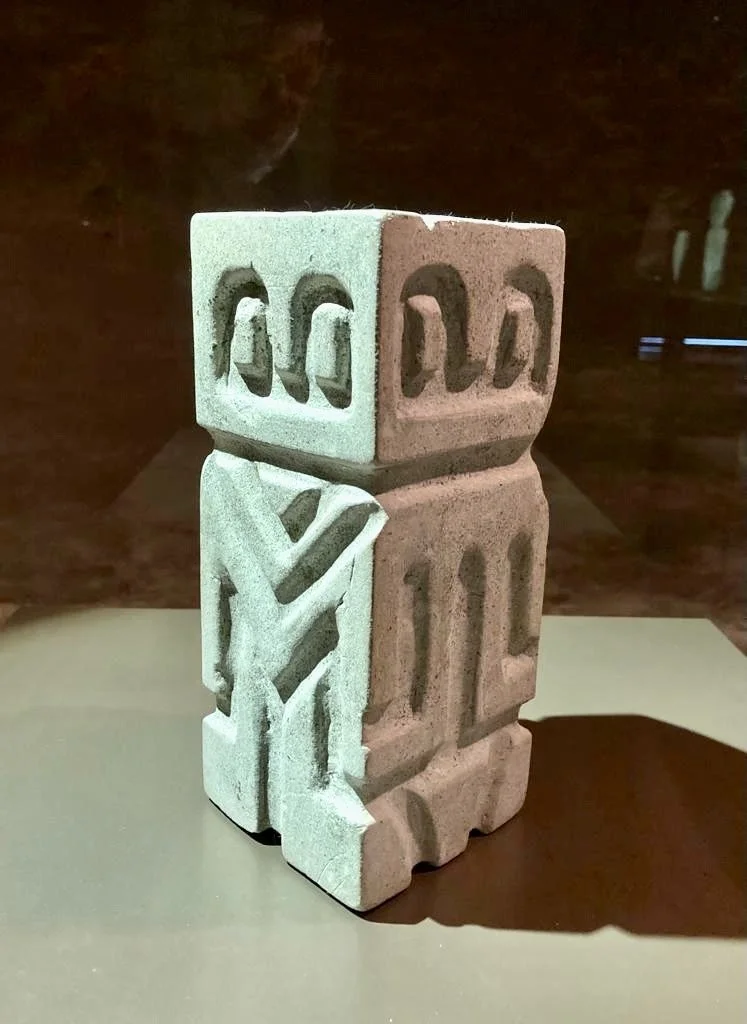Cacao: the archaeological find that changed everything
"Finding Why is a process of discovery, not invention." - Simon Sinek
By Susana Cárdenas A.
I had a fascinating meeting with archaeologist Doctor Francisco Valdez, who helped me discover more about the find in Palanda in the Ecuadorian Upper Amazon.
I had heard a lot about this respected archaeologist who, in the early 2000s, began to excavate this ceremonial centre that would change history in Santa Ana - La Florida, in southern Ecuador.
This beautiful stone mortar shaped like a cacao pod was a piece found in the Santa Ana - La Florida site. Photo by Doctor Francisco Valdez.
About to return to France, his country of residence, we talk about this exciting discovery, the finding that breaks the myth that cocoa originates from Mesoamerica and places Ecuador as the epicentre and origin of cacao.
How does it feel to be at the core of this discovery?
"Humbled. It was hard work with Ecuadorian and French archaeologists and researchers from INIAP and CIRAD," says Francisco.
Hidden in this forest in the Upper Ecuadorian Amazon at 900 meters above sea level, they found the remains of the Mayo Chinchipe-Marañón civilization dating between 5,300 and 5,500 years ago.
Inside this ceremonial centre, they found a tomb with offerings that included mortars, pots and ceramic bottles with food and drinks that would accompany the deceased in the afterlife. The finding caught the attention of international experts who joined this excavation. Well-respected archaeologists, paleobotanists and researchers, such as Dr Sonia Zarillo (Canada), Dr Clarie Lanaud (France), and Dr Terry Powis (USA), to name a few, have proved the existence of cacao particles in the bottles and other settlements near Santa Ana - La Florida.
Particules of cacao were found inside this bottle belonging to Mayo Chinchipe civilization
The carbon 14 tests showed that in these bottles were traces of domesticated cacao (Nacional variety) never before seen in the American continent.
"The plant travelled in the hands of the inhabitants of this civilization; it crossed the Amazon valley, the Andean mountain range and reached the Ecuadorian coast," Valdez says. This is how cacao would have arrived on our shores, as a gift or barter with the cultures of the Pacific coast. The Valdivia culture (3,500 B.C.) dates from the same time as the Mayo Chinchipe – Marañón.
Valdivia 3,500 B.C. - 1,500 B.C. - Museo del Alabado, Quito.
It is assumed that the dispersal of the cacao plant occurred 3,000 years ago throughout the Ecuadorian coast, Valdez says.
Years after this archaeological find, the journal Nature, Ecology & Evolution published the story in 2018. And so Ecuador became the epicentre of the origin of cacao.
What are the plans ahead? - I asked.
"Keep researching the area to maintain the value of Santa Ana - La Florida and the Nacional cacao. The heritage aspect of cacao has a social, economic, political, cultural and symbolic significance in what is Ecuador today,” Francisco explains.



